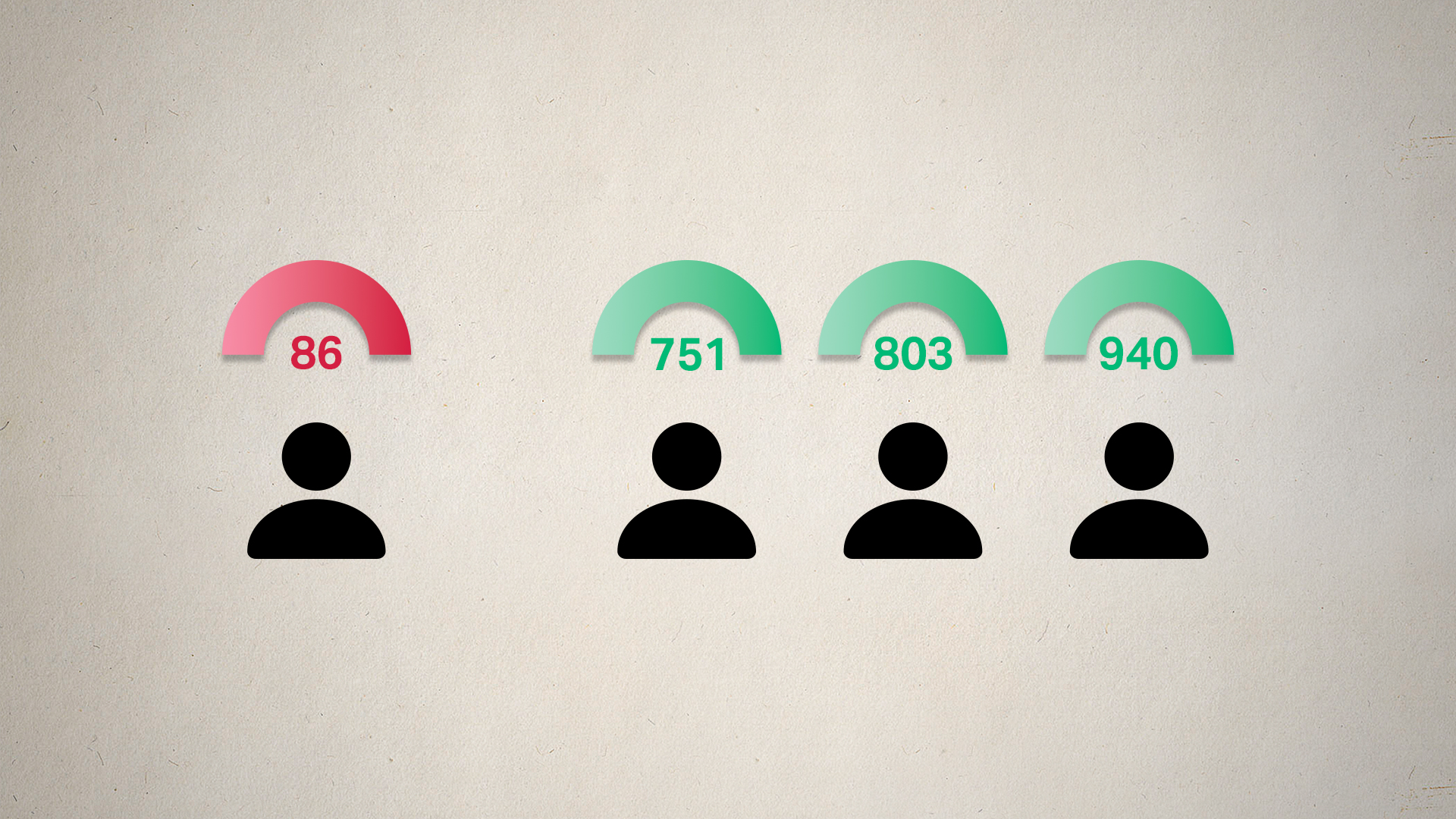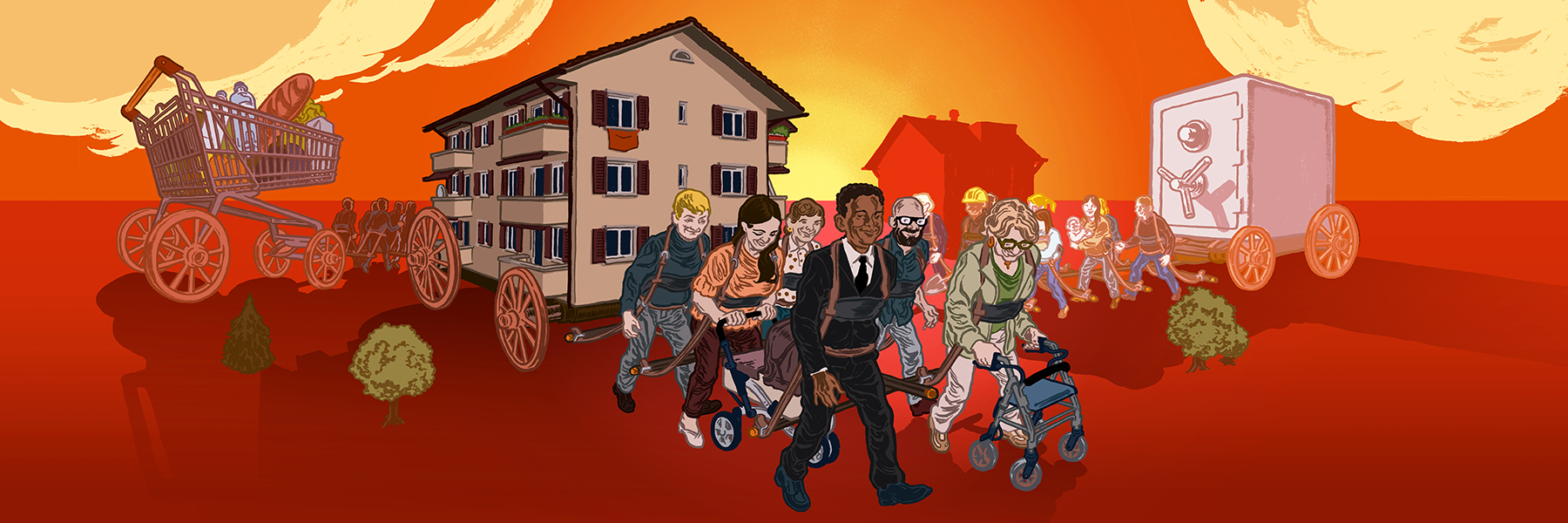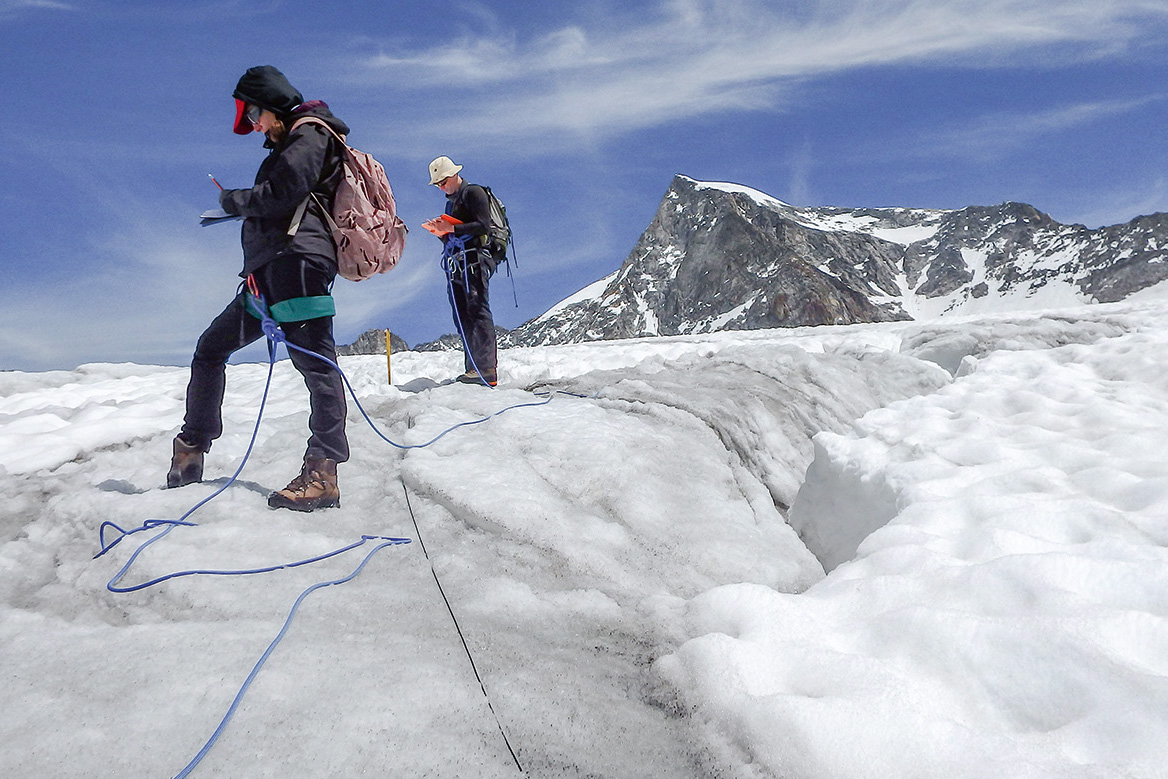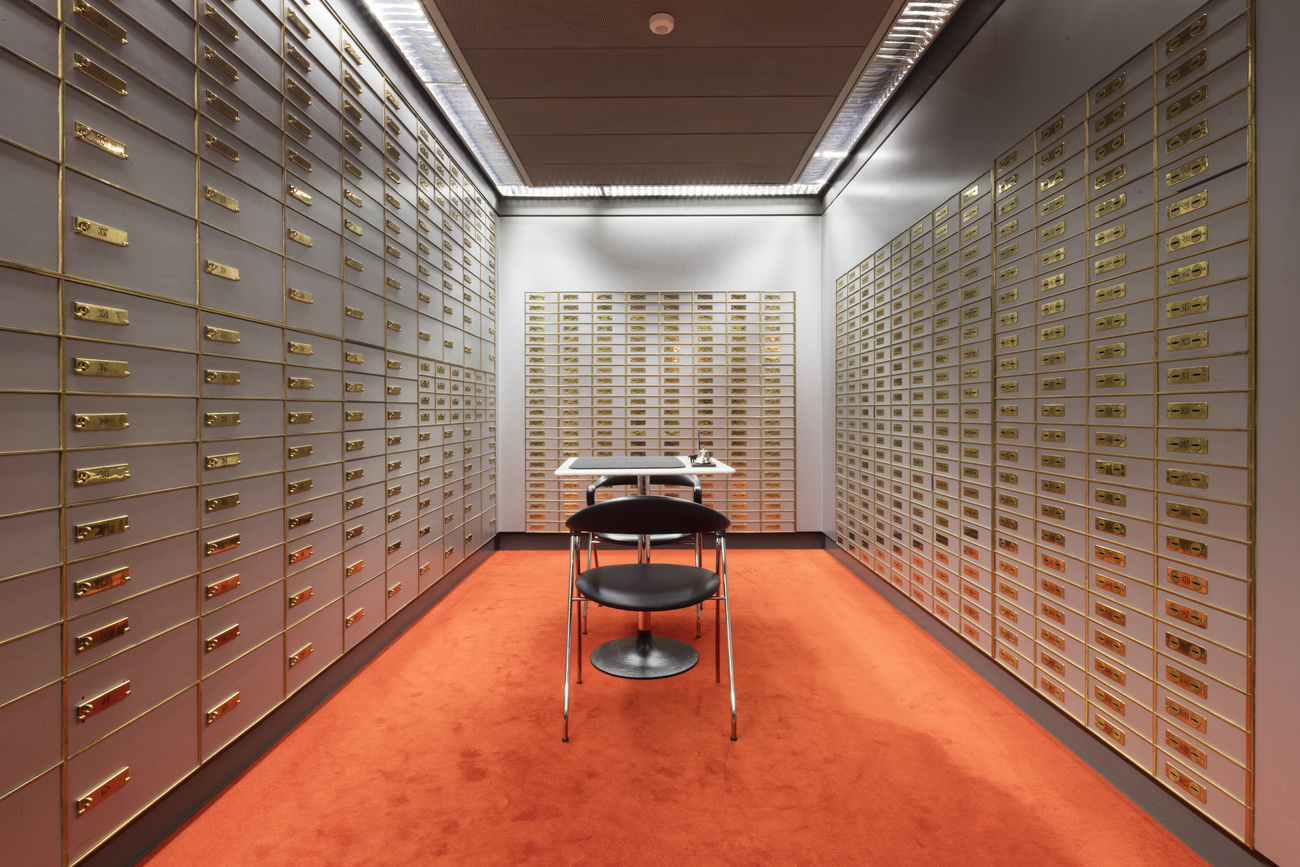
Hiking Gstaad in all weathers

When dark clouds are on the horizon - or any kind of cloud formation, for that matter - it's time to head for the hills above Gstaad.
The resort in the Bernese Oberland has just unveiled its redesigned “WeatherTrail” – Switzerland’s first ever, aimed at making people more observant about the weather and less reliant on weather forecasts.
My visit coincided with a day that combined bright sunshine, light showers, strong winds and a heavy downpour – in other words, a perfect day for meteorologist Peter Rauh, the man behind the easy and informative two-hour stroll.
Interpreting tree rings
There are about a dozen stations along the trail explaining everything from the formation of thunderstorms, local wind systems, the water cycle and even how to interpret tree rings to find out if summers in the distant past were particularly cold or warm.
And there is no better place to learn about the weather than the great outdoors, at the mercy of the elements. The trail prompts hikers to watch and read the clouds in the sky. It makes them think about the formation of glaciers crowning mountains in the distance, and reflect on how rainwater is purified under the ground as they drink at a spring.
“I told my secretary that I would like some clouds, not blue skies like yesterday,” says Rauh, worried that the weather would not play ball on the day he unveiled the trail.
“This morning when I got up and saw the clouds forming quickly I thought that’s too much of a good thing. But now it’s really ideal – we can see, we can talk about things, we can experience what’s happening.”
In the elements
Another person who is in her “element” on a daily basis is Sonja Raaflaub. She and her husband monitor the weather in Gstaad three times a day, relaying the information to Rauh and his colleagues at MeteoSwiss, the Federal Office of Meteorology and Climatology.
For the past 21 years, Raaflaub has stepped outside her home in Gstaad each morning, afternoon and evening, and noted the temperature. She also has to judge the visibility and amount of cloud cover before looking down to see if the ground is wet with dew or rain.
It is an important function because, as Rauh says, Gstaad is “on the border of weather systems”, meaning that generalised forecasts for the weather north of the Alps do not always apply to Gstaad. A forecast for rain is certain to stop day-trippers from travelling to the resort, even if the forecast proves wrong.
Financial consequences
Roger Seifritz, head of tourism in Gstaad, says this has financial consequences. To prove his point, he calculated how much more income the resort would generate if its climate was Mediterranean.
“If we had sunny skies every single day that would mean an annual increase in turnover of between SFr80 and 100 million, which is quite a lot of money.”
Pending a rapid acceleration in global warming, Gstaad will just have to live with existing weather patterns, and Seifritz is therefore happy to have the WeatherTrail in his backyard. There is never bad weather, Seifritz says, only bad clothing. And if he can convince tourists of that, Gstaad will make up some of the lost revenue.
But meteorologist Peter Rauh did not create the trail to help Gstaad make more money. In an informative guide produced to accompany the WeatherTrail, Rauh implores hikers to “look around, because the weather at any given moment has never been exactly the same before and never will be again”.
by Dale Bechtel
The WeatherTrail
The WeatherTrail is reached by taking the Wispile cable car (a few minutes from the centre of Gstaad) to the top. This is where hikers will find the start of the trail and a chalet-style family restaurant, zoo and large playground. The trail is at an altitude of about 2,000 metres and is relatively flat. It can be hiked in one hour, but people wanting to read all the descriptions (in German, French and English) on the signposts, and to observe the weather, are recommended to spend two hours.

In compliance with the JTI standards
More: SWI swissinfo.ch certified by the Journalism Trust Initiative

































You can find an overview of ongoing debates with our journalists here . Please join us!
If you want to start a conversation about a topic raised in this article or want to report factual errors, email us at english@swissinfo.ch.